Selected
- Details
- Written by Grant Broadcasters
- Category: Selected
- Hits: 130

International celebrity chef Nigella Lawson is set to add a touch of superstar spice to Melbourne's annual food and wine festival next month.
The British TV cook and writer has been announced as the headline act for the 2022 Food and Wine Festival from March 25 to April 9
The 62-year-old "Domestic Goddess" will be part of opening night and the star attraction for a $285 three-course lunch and conversation between her and former Masterchef judge Matt Preston two days later.
Other well-known names to lend their culinary talents to the three-week foodie festival include Attica owner Ben Shewry and fellow restaurateur Matt Moran.
For non-food snobs, there will also be a family-friendly pasta fair, celebration of plant-based eating and drinking and tribute to chips in all their forms.
This year marks the festival's 30th following COVID-19 disruptions in 2020 and 2021.
The long-running festival was cancelled in 2020 as coronavirus arrived on Australian shores.
It returned last year but was forced to scrap its winter edition in August as the city bunkered down amid its Delta outbreak.
Victorian Major Events Minister Martin Pakula launched the 2022 festival on Monday and said it was more important than ever in light of the pain the Melbourne culinary scene has experienced across six lockdowns.
"It's not just about the domestic elements of it," he told reporters.
"We see food and wine as a way of selling Melbourne as a culinary destination to the world."
Tickets go on sale on Thursday.
© AAP 2022
Photo: Celebrity chef Nigella Lawson. (AAP Image/Random House Books)
- Details
- Written by NSW News
- Category: Selected
- Hits: 159

NSW Health is reporting the deaths of 22 people with COVID-19.
There are 13 men and nine women.
Of the 22 people who died; one person was in their 40s, one person was in their 50s, two people were in their 60s, four people were in their 70s, nine people were in their 80s,
Four people were in their 90s and one person was over 100.
Three people who died were aged under 65, all three had received two doses of a COVID-19 vaccine and had underlying health conditions.
A man in his 40s died at Junee Correctional Centre on 26 January and is being reported today.
Of those aged over 65 years, two people had received three doses of a COVID-19 vaccine, nine people had received two doses and eight people were not vaccinated.
Five people were from western Sydney, four people were from south western Sydney, three people were from south eastern Sydney, two people were from the Central Coast.
Two people were from the Shellharbour region and one person was from the Taree region.
One person was from the Port Stephens region, one person was from inner Sydney.
One person was from the Lower Hunter region and one person was from the Tweed region.
This brings the total number of COVID-19 related deaths in NSW since the beginning of the pandemic to 1,715.
There were 6,686 positive cases notified in the 24 hours to 4pm yesterday – including 4,301 positive rapid antigen tests (RATs) and 2,385 positive PCR tests.
- 1.012 new Covid cases in the Hunter New England LGA.
- 692 from South Western Sydney.
- 332 cases from the Illawarra Shoalhaven.
- 200 Covid cases were reported in the Southern NSW LGA.
There are currently 1,614 COVID-19 cases admitted to hospital, including 93 people in intensive care, 42 of whom require ventilation.
- Details
- Written by Grant Broadcasters
- Category: Selected
- Hits: 159
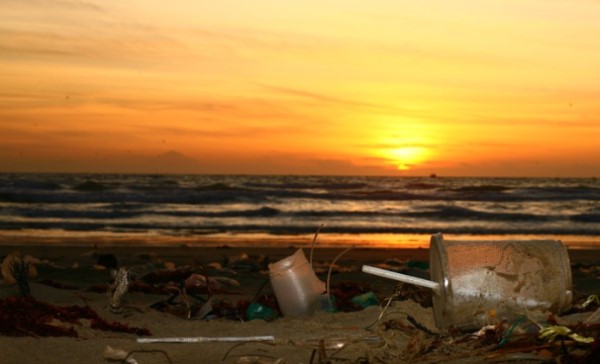
Inspired by the pristine lotus leaf, Australian scientists have engineered a quickly biodegradable yet self-cleaning plastic they say is ideal for packaging fresh and takeaway foods.
If successfully commercialised, the wholly compostable product would help reduce the almost 80 per cent of plastic waste left to accumulate as landfill or sloughed off as a litter.
Like the foliage of the Nelumbo nucifera blossom, the synthetically-engineered substance repels liquids and dirt, making it suitable to meet hygiene standards.
Once discarded, it then breaks down rapidly in the soil.
Lead author of the RMIT University project, PhD candidate Mehran Ghasemlou, says the bioplastic was created with mass production in mind.
"Plastic waste is one of our biggest environmental challenges but the alternatives we develop need to be both eco-friendly and cost-effective to have a chance of widespread use," he said.
"We designed this new bioplastic with large-scale fabrication in mind, ensuring it was simple to make and could easily be integrated with industrial manufacturing processes."
Although strong, the product is made from cheap and widely-available starch and cellulose to keep production costs low and support biodegradability.
Unlike other compostable plastics, its fabrication doesn't require heating or industrial processing and would be simple to upscale to a roll-to-roll production line, Mr Ghasemlou says.
Neither does the new plastic need industrial intervention to biodegrade, with trials showing it breaks down naturally and quickly once exposed to bacteria and bugs in the soil.
"Our ultimate aim is to deliver packaging that could be added to backyard compost or thrown into a green bin alongside other organic waste," Mr Ghasemlou said.
"The food waste can be composted together with the container it came in, to help prevent contamination of recycling."
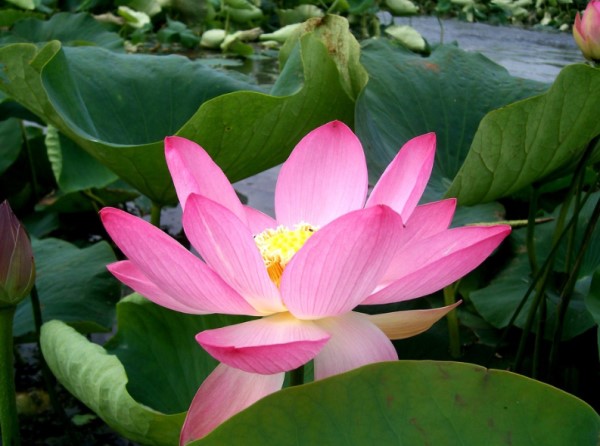
Lotus leaves are known to have some of the most water-repellent surfaces on Earth and are almost impossible to get dirty.
The secret lies in the leaf's surface structure, which is composed of tiny pillars topped with a waxy layer.
Water that lands on the leaf remains as droplets that roll off with the help of gravity or wind. They also sweep up dirt as they slide.
To emulate the effect, the RMIT team imprinted the surface of the plastic with a pattern that mimics the structure and coated with it a protective layer of PDMS, a silicon-based organic polymer.
Tests show it not only repels liquids and dirt effectively, it retains its self-cleaning properties after being scratched with abrasives and exposed to heat, acid and ethanol.
Co-author of the research Professor Benu Adhikari says the design overcomes the key challenges of starch-based materials.
"Starch is one of the most promising and versatile natural polymers but it is relatively fragile and highly susceptible to moisture," he said.
"Through our bio-inspired engineering that mimics the 'lotus effect', we have delivered a highly-effective starch-based biodegradable plastic."
- Details
- Written by Grant Broadcasters
- Category: Selected
- Hits: 144
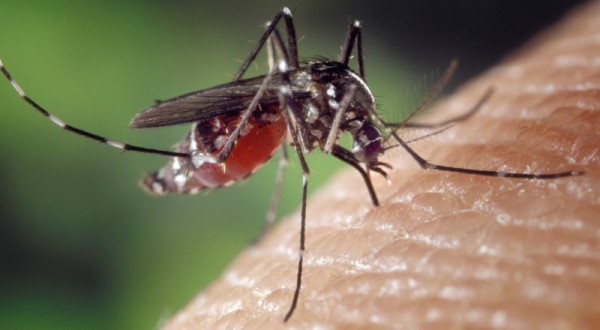
Australia's east coast is being plagued by mosquitoes due to hot, humid and windy conditions caused by La Nina, experts say.
David Bock, an insect specialist at the Australian Museum, says seasonal mugginess has made things perfect for breeding insect populations.
"Mosquitoes are one of those insects that can breed really quickly and they love this moist warm wet weather," he said.
"The humid conditions are perfect for breeding and when stagnant water stays around long enough, they mate and lay their eggs on it.
"They might be in puddles, backyards and buckets and it only takes a few weeks for that whole life cycle to happen. The nymphs, or wrigglers, spend about a week in the water before being able to fly off."
While there are many different species of mosquitoes, Mr Bock says there are only a couple where the females suck blood, which helps provide the protein needed for egg development.
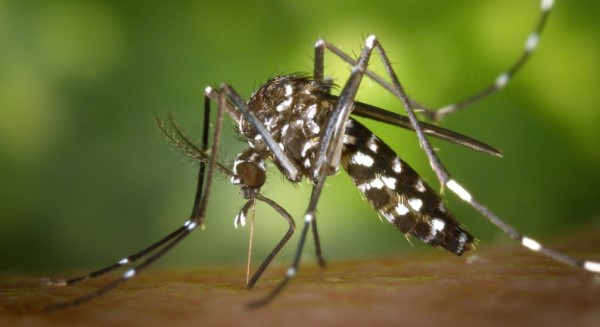
Following January's humidity, families from Queensland's north to Tasmania are being hassled by swarms that would normally be more at home in a tropical rainforest.
Desperate Sydney mum Sarah Mintz Schneiderv says she and he one-year-old, Laura, were so badly attacked in Dover Heights last week, the tot was covered with more than 30 bites across her face, arms and hands.
"It was horrific," she said.
"They were all over her face, arms, fingers, wrists and down both sides of her arms.
"She had a terrible reaction to them. The bites came up really red and angry, and kept swelling up for hours."
The speech pathologist has turned to a natural moisturiser to soothe Laura's bites.
"She also gets eczema, so we used the MooGoo Eczema and Psoriasis Cream on her and it instantly calmed her skin," Ms Schneiderv said.
"It immediately alleviated the redness and helped the bites dissipate."
Chief executive Melody Livingstone says sales of the cream is up 23 per cent and MooGoo's Tail Swat natural insect repellent up 14 per cent.
"The mozzies are out in force this year," she said.
"We've been inundated with people asking what can help soothe their bites."
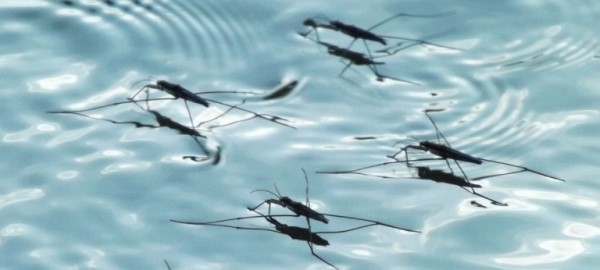
University of South Australia researcher Stephen Fricker says humid conditions along the eastern states are perfect for "a monster month of mozzies".
UniSA has launched the fourth edition of its citizen science initiative Mozzie Monitors to track and monitor mosquitoes in urban areas in a bid to predict and mitigate disease risks.
Images: Pixabay (free image) & Pixabay (free image) & Pixabay (free image)
Page 83 of 191